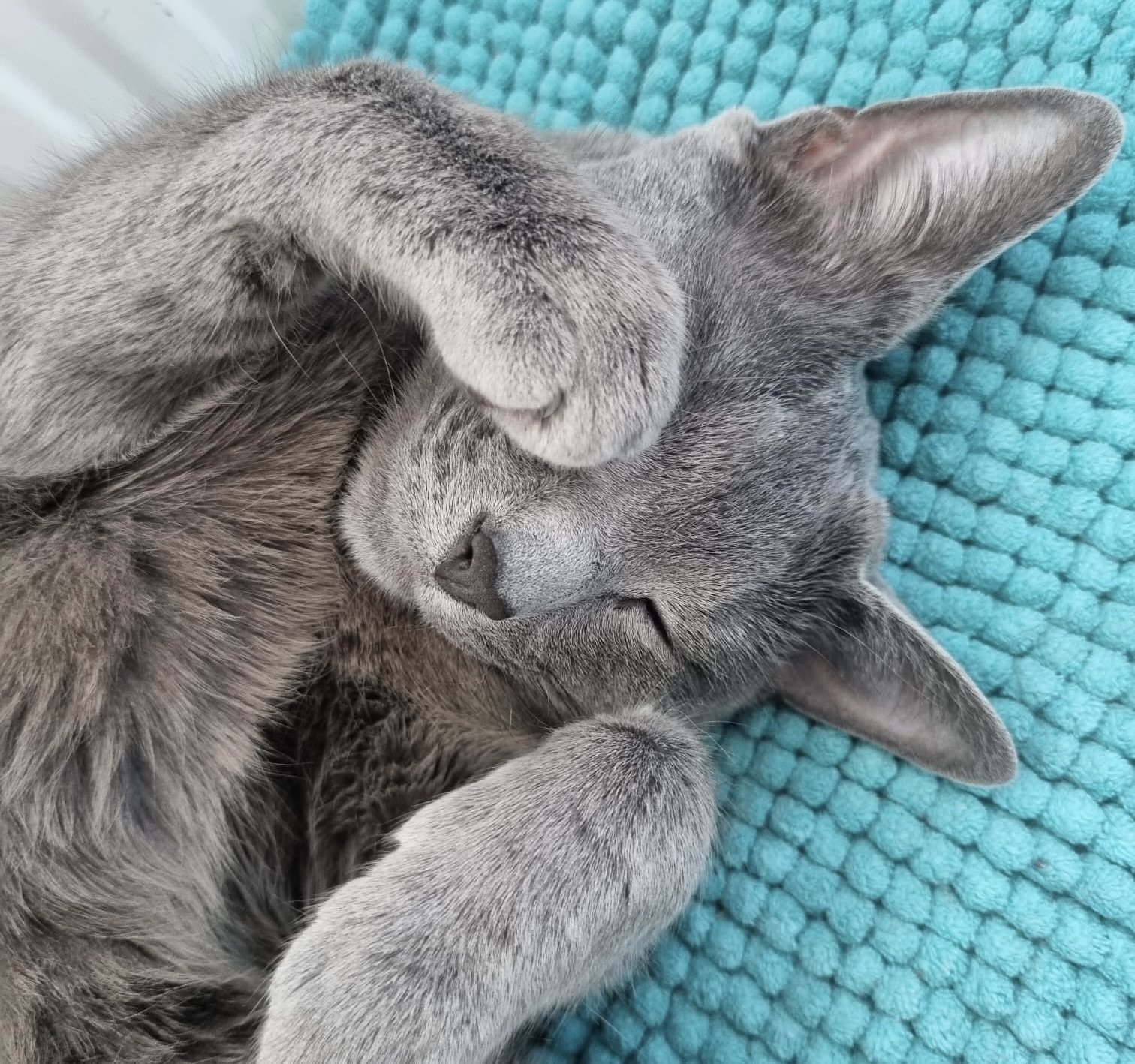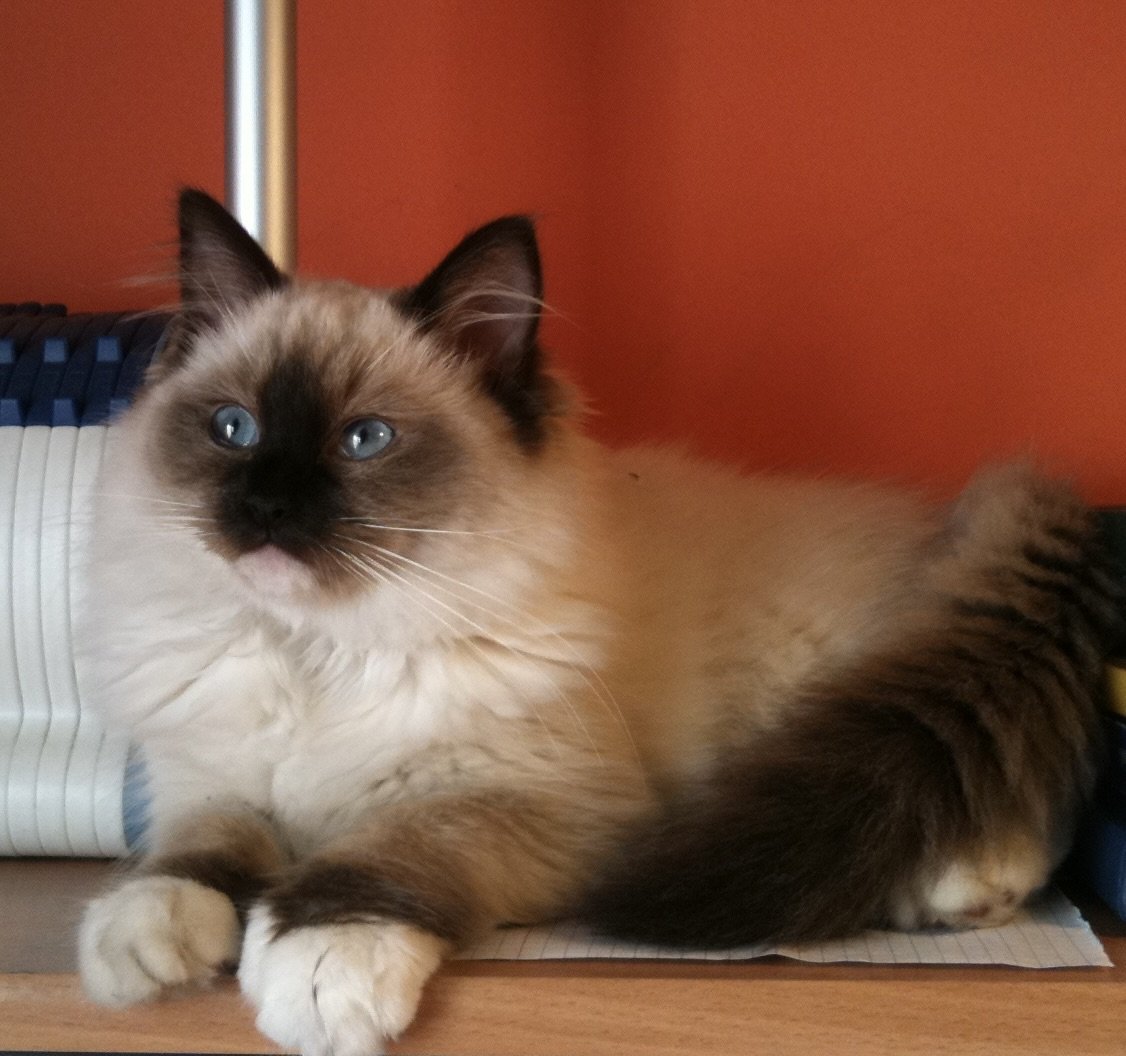
Filters
CLEAR ALLThe graceful, friendly Cavalier King Charles Spaniel is one of the largest toy breeds, with distinct large round eyes and endearing droopy ears. These dogs were adored by King Charles I and his son, King Charles II, and went everywhere with them.
Cavalier King Charles Spaniels are little bundles of fun and joy. They are easy to train and have a gentle, playful nature that makes them great canine companions for kids of all ages. They also make great therapy dogs.
These dogs are highly affectionate lapdogs. However, they also excel at agility and rally courses due to their origin as hunting dogs. Bear in mind that this trait can have them shooting off when they pick up an appealing scent. So, it's best to keep these dogs on a lead outside until fully trained.
The Cavelier King Charles Spaniel has won over royal hearts since the 17th Century, and they continue to be a very popular breed today. These dogs will make friends with everyone they meet and are incredibly adaptable. Cavelier King Charles Spaniels are just as happy in an apartment as they are in a large home, as long as they get all the mental and physical stimulation they require.
The graceful, friendly Cavalier King Charles Spaniel is one of the largest toy breeds, with distinct large round eyes and endearing droopy ears. These dogs were adored by King Charles I and his son, King Charles II, and went everywhere with them.
Cavalier King Charles Spaniels are little bundles of fun and joy. They are easy to train and have a gentle, playful nature that makes them great canine companions for kids of all ages. They also make great therapy dogs.
These dogs are highly affectionate lapdogs. However, they also excel at agility and rally courses due to their origin as hunting dogs. Bear in mind that this trait can have them shooting off when they pick up an appealing scent. So, it's best to keep these dogs on a lead outside until fully trained.
The Cavelier King Charles Spaniel has won over royal hearts since the 17th Century, and they continue to be a very popular breed today. These dogs will make friends with everyone they meet and are incredibly adaptable. Cavelier King Charles Spaniels are just as happy in an apartment as they are in a large home, as long as they get all the mental and physical stimulation they require.



The Cavalier King Charles Spaniel is small for a Spaniel dog but one of the largest toy breeds, weighing 13 to 18 pounds and measuring 12 to 13 inches tall. Their faces are their primary attraction, and their big round eyes that are dark in colour can steal the heart of any dog enthusiast. Their eyes, combined with their large floppy ears, give them a genuinely loving expression.
Aside from their gorgeous faces, their medium to long, silky hair and plumy tails are their hallmarks. In addition, cavaliers commonly have distinct white and chestnut red coats, known as “Blenheim”. Still, they can also be Tricolour (black and white), black and tan, or ruby red.
Their hair is either straight or wavy, and they often have long “feathering” on their ears, feet, legs and tail. However, this feathering is not present in puppies but slowly appears as they grow into adults. They are seasonal shedders and require regular brushing and combing, especially during spring and fall.
They are generally a healthy breed that lives between 9 and 15 years. However, Mitral Valve Disease, which can lead to heart failure, is commonly found in Cavalier King Charles Spaniels. Cavaliers are also prone to Syringomyelia, which affects the brain and spine. What’s more, as a short-nosed breed, these pups can be sensitive to the heat, so be sure to keep them cool in the summer.
Cavalier King Charles Spaniels are athletic dogs that are playful, curious and full of energy. They have a strong hunting instinct and love to chase anything that moves. While this is fine if they are playing in the garden, it does mean they are not the most streetwise dog. Thus, you should walk your Cavalier on a leash so they can not run off and harm themselves or other creatures.
Their personalities vary from dog to dog, and some Cavaliers are quiet and calm, whereas others can be rowdy. However, they generally love people and are instantly friendly towards strangers and guests, especially those who come bearing treats. Thus, if they bark at the doorbell, it’s not aggressively but rather due to initial fear and uncertainty.
Cavalier King Charles Spaniels are incredibly affectionate and loving towards their owners. Still, they tend to become owner-dependent, so you cannot leave them alone for long as they will quickly develop separation anxiety. When you’re home, your Cavalier will always be right behind you, simply happy to be in your presence.
These dogs are smart enough to learn commands and tricks, and because of their curious and social nature, they are always happy to learn new things. They are also extremely eager to please, so they will happily play fetch, feeling great pride in bringing the ball back to you.
Although these hounds can adapt to different environments and people, Cavalier King Charles Spaniels are house dogs. Therefore, they need an owner who will keep them indoors with the family rather than put them outside or in the garage alone.
Moreover, because they depend on their owners for affection and validation, they are not suitable for working professionals who are out of the house for eight or so hours a day. Moreover, they may prove a little too energetic for retired couples. Their ideal home would be with an active young family where there is always someone available.
They make beautiful playmates for children, get on well with other dogs and do not act fearful of larger canines. Their energetic and playful nature means they may not be the best breed for a household with cats, though. That being said, if they grow up together from an early age, they will most likely learn to play nice with them.



Their stories
We love happy endings. Discover stories of pets who found their beloved family with the help of The Pedigree Paws <3.

Neo
Russian Blue
We had some concerns purchasing a kitten online but our experience with The Pedigree Paws was great. They connected us with Caroline, the Russian Blue breeder and we had many conversations and received multiple pictures and videos. She answered to all our questions.
The Pedigree Paws verified for us all the vaccinations and health checks to make sure our new kitten was 100% healthy.
Thank you for all your help The Pedigree Paws! Highly recommended!

Jack
Miniature Dachshund
One of the reasons I was hesitant to order a puppy from The Pedigree Paws is because I live in Spain. However they connected me with a very good FCI breeder in Barcelona.
He showed me all the health documents of both parents, their pedigree and answer to all my questions. I am so happy they helped me to find a healthy puppy as finding one by myself was very overwhelming. Contacting The Pedigree Paws was the best decision and I highly recommend them to everybody!

Stitch
Chartreux
From the kittens's selection to the arrival of our Chartreux kitten, The Pedigree Paws was there to assist us. We had great experience with them, and they breeder Alexandra from France with whom they connected us and from whom we got our kitten from. They are very prompt in answering our initial and follow-up questions while our kitten was in transit. Very reliable and trustworthy!
Thank you so much for all your help. We are very happy with our new family member. We will definitely recommend it to all our friends.
Athena
Chihuahua
It's been a few months since we decided to find a Chihuahua puppy to join our family, however we had issues finding a good breeder.
We contacted The Pedigree Paws and they connected us with a very unique breeder in Greece. Many videos and pictures were shown, the breeder shared with us the proof of vaccinations, deworming and her 5 generation pedigree. We were fortunate as George, the breeder was able to deliver the puppy to us personally. We are very pleased with our beautiful Athena. Thank you, The Pedigree Paws, for being truthful and transparent.
Thor
Abyssinian
I feel wonderful having help from The Pedigree Paws finding the dream Abyssinian kitten I was looking for. Thor is the absolute dream! The Pedigree Paws team was really patient and responsible in everything. Lovely experience! They replied to every questions, requirements, and information I ask about the kitten.
Fin
Chihuahua
Thank you for finding for me such a beautiful Chihuahua puppy! I love him so much from the minute I saw him. He changed my world.
Kate, from The Pedigree Paws assisted me through the whole process informing me about everything from health checks to arranging a Pet Nanny to transport Fin directly to my door. So thankful that the experience went so well! I love my Fin.

Emi
Ragdoll
I have always wanted a Ragdoll kitten as it was my dream cat breed, but didnt know how to find one as heard a lot about kitten farms and bad breeders. I reached out to The Pedigree Paws and they were very accommodating and transparent from the start. They offered me few kittens from their list of breeders and when I saw Emi I knew she was the one! We went through the kitten's parents DNA testing as for me that was a priority to have a kitten free from genetic disorders. We sealed the deal and now I have the best kitten I could dream of! Thank you very much for all your help
Shima
Russian Blue
I really wanted a Russian Blue kitten, but was very nervous getting one after reading horror stories about scammers on the Internet. I had my first call with Natalia, from The Pedigree Paws and with her help I was able to connect with the breeder, that I knew I could trust. I am very lucky to have now Shima, she is an absolute joy to live with.
Need some help?
Contact us to speak to our friendly advisor, who will gladly help you find your dream pet!



We are registered in England and Wales under registration number 12568840,
and our registered office is at 58-60 Kensington Church Street, W8 4DB London, England.
© 2023 The Pedigree Paws